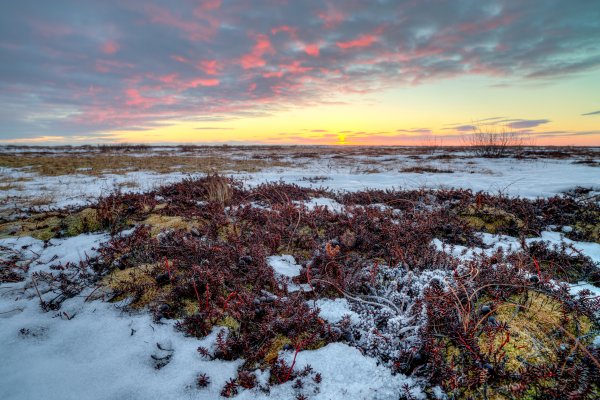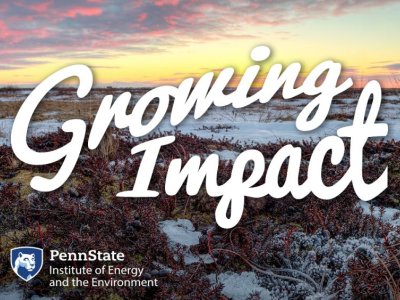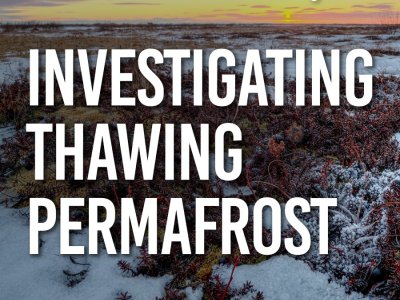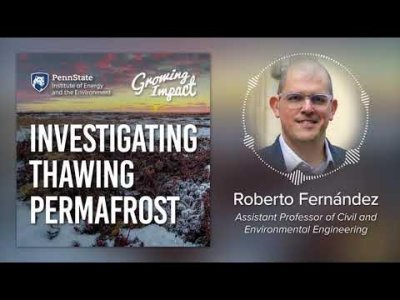
Ten percent of our planet is covered by ice, and eleven percent of it is underlain by permafrost (i.e., ground that is frozen year-round). Thawing induced by increasing temperatures makes these regions extremely vulnerable to large landscape and ecosystem changes and will affect the health and well-being of people that inhabit and rely on them. Moreover, key infrastructure, including key U.S. energy infrastructure, built in these regions is at risk of being affected. At the root of these forthcoming landscape changes lie small-scale erosive processes. As the ice melts and permafrost thaws, they promote the movement of sediment grains that would otherwise be fixed in place. To provide resilient solutions to the challenges imposed by climate change in cold regions, we desperately need to quantify those small-scale erosive processes driving most of the large-scale landscape changes.
Seed grant funding from IEE will enable this project to conduct high-risk, proof-of-concept experiments to quantify and understand small-scale erosive processes in thawing permafrost. These experiments will fundamentally advance our understanding of permafrost erosion and how permafrost landscapes will evolve in a warming climate. The project will also:
- Allow us to fine-tune the best techniques and methods to quantify erosive processes in permafrost;
- Provide necessary justification, including preliminary data and validated experimental approaches, to seek larger collaborative funding opportunities;
- Grow Cold Regions research capabilities at Penn State;
- Foster additional collaborations with on-campus and off-campus colleagues interested in cold regions;
- Develop SciArt prototypes to communicate the importance of our work beyond the scientific community.
With at least six NSF active programs involving cold regions, NASA’s Cryospheric Sciences program, and recently confirmed interest in the Arctic by the White House, US DOE, and US Army Corps of Engineers, funding for cold regions research will offer many opportunities over the coming years. Seed funds from IEE will provide a stepping stone to continue promoting the growth of Penn State's cold regions research capabilities.










